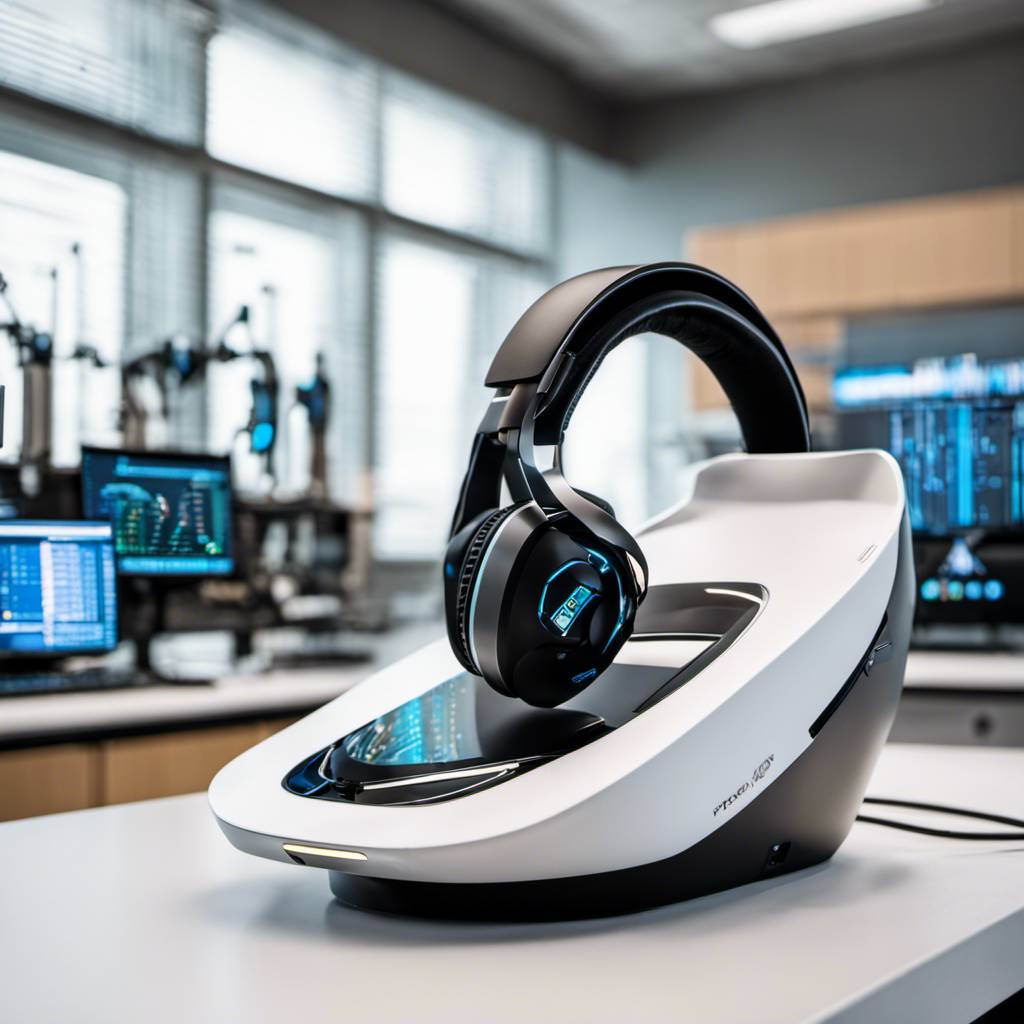Purdue University has made a significant stride in the field of brain-computer interface technology. They have developed a high-bandwidth wireless communication system that links neural implants to wearable devices. This groundbreaking innovation is the first of its kind, leveraging the body’s natural electrical conductivity to transmit signals from the brain to external devices. This development was spearheaded by Shreyas Sen, a renowned electrical and biomedical researcher at Purdue University.
Brain-computer interfaces have been a focal point of research in the electronics and medical fields for several decades. The potential applications are vast, ranging from medical treatments such as brain-controlled prosthetics to consumer electronics that can be operated merely by thought. This interface could revolutionize the way we interact with electronics, computers, and even coding and programming languages.
While there have been significant advancements in brain-computer connections, such as assisting individuals paralyzed due to spinal cord injuries control robotic limbs, or implanting electrodes for deep brain stimulation to alleviate symptoms of depression or neurodegenerative diseases, these technologies have not yet become wireless. Current methods often involve invasive surgeries to implant wired electrodes, with the power source sitting outside the skull.
The team at Purdue University has proposed an innovative solution: distributed implants within the brain that can wirelessly communicate with devices outside the body. Their approach is unique as they focus on electricity as the medium of communication between the body and wearable or implanted devices. The team’s research began by modeling the brain based on its electrical properties to estimate how much electrical signal would reach the implant from an electronic device outside the body, and vice versa.
Through multiple simulations, they found that about 1/1,000th of an external signal should reach an implant just a few millimeters in size deep in the brain. For instance, if a wearable device sent a 1-volt signal into the brain, the receiver in any implant would need to be sensitive enough to pick up a 1-millivolt signal.
The researchers also developed a prototype implant using a flexible circuit board, measuring 4.4 millimeters by 2.4 millimeters. They tested the device in saline water to simulate the brain environment, programming the implant to generate various electric frequencies. They found that the wearable device could detect about a thousandth of each signal, closely aligning with their model’s predictions.
The team further tested the implant in several mice and successfully detected signals from the device on the brain to external receiving electrodes on the outside of the mouse’s head. This is a significant milestone in the field of brain-computer interface technology.
However, there is still a long way to go before this technology can be incorporated into products. Sen acknowledges that it could take one to two decades before we see this tech in use, as there is still much in vivo work to be done. But he remains optimistic, stating that “the building blocks are coming together,” and that their recent study demonstrates that the brain can indeed have its “own broadband.”
This groundbreaking research opens up a world of possibilities for the future of electronics and computers, with potential applications ranging from medical treatments to consumer electronics. The development of a high-bandwidth brain-computer interface could revolutionize how we interact with technology, making it an exciting development for anyone interested in the electronics industry.
